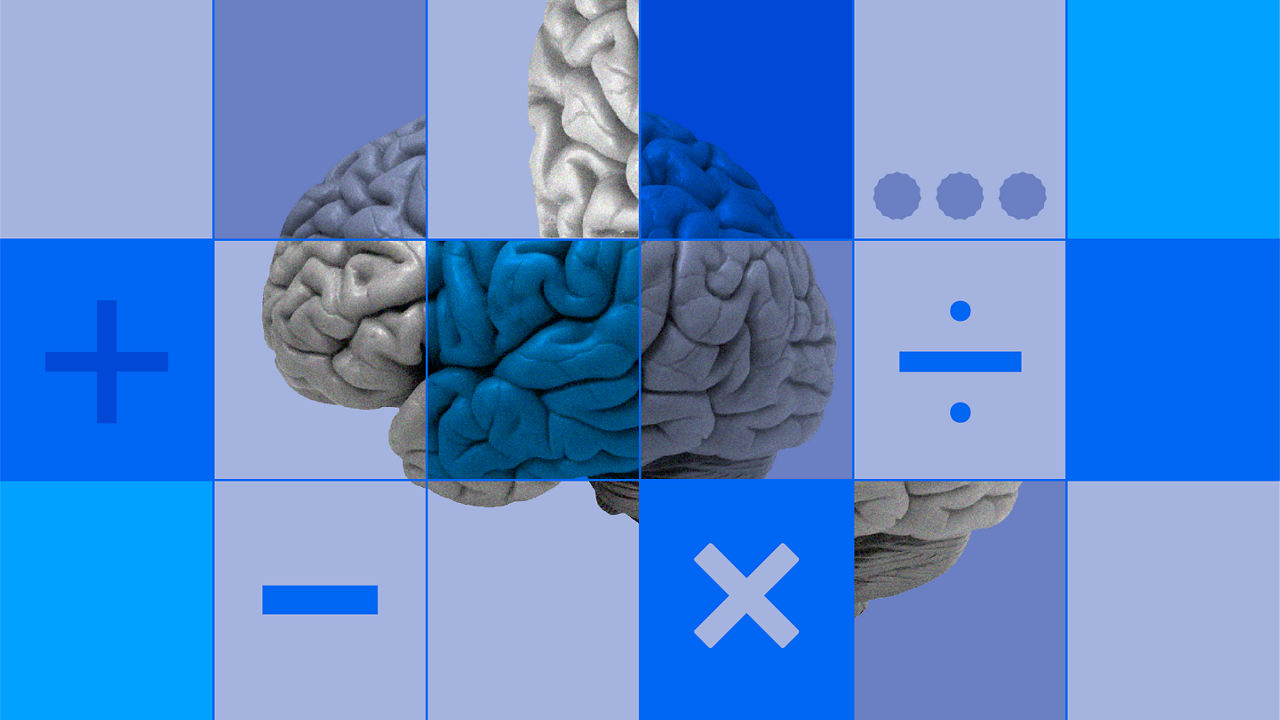Making it migraine-friendly: Why we’re reimagining the workplace
See how AbbVie is creating a better workplace for people with migraine, the second-most disabling condition in the world.
More than a headache
Anna Maria Kollia still recalls the worst migraine she ever experienced at work.
“I had to excuse myself from a meeting,” says Kollia, who lives in Athens, Greece, and works as eye care therapy lead for AbbVie’s Europe region. “I had to leave the office because it was extremely difficult for me to attend and concentrate during the meeting. I even took a taxi home because I wasn't able to drive.”
Migraine is the second-most disabling condition in the world after low back pain and is the leading cause of missed work for people under age 50.1,2 This missed work can be physically, mentally and financially taxing for workers and their employers. In a recent study of European patients living with migraine, nearly half of all respondents reported struggles fully functioning at work due to migraine.3
Unfortunately, Kollia’s experience is a common one for people living with migraine in the workforce. Furthermore, colleagues often misunderstand what they are going through. 52 percent of people living with migraine wish their colleagues were more supportive during their migraine attacks, according to a recent AbbVie-sponsored survey in the U.S.4 “It’s just a headache,” is a common misconception.
To support employees living with migraine, companies are beginning to invest in migraine-friendly workspaces. AbbVie is going even further. As part of the company’s commitment to the migraine community and advancing research across the spectrum of migraine, AbbVie has launched training and resources to support employees who live with migraine
“We’re driven by the health and emotional well-being of our employees,” says Lesli Marasco, head of global benefits, AbbVie. “We strive every day to achieve an inclusive work environment and culture promoting the health and well-being of our people and offering an environment where our employees can be their best selves at work and at home.”
Inside the migraine-friendly workplace
Migraine-friendly workplaces are customized to reduce things that might either trigger a migraine or make it hard to work while managing one. Natural lighting, calm noise levels and quiet rooms, filtered air to remove odors and opportunities to stay hydrated are all key ingredients.
“As an innovation-driven company, we at AbbVie value diverse perspectives and are committed to making key adaptations to mitigate the workplace risk factors and create an inclusive culture where all employees feel supported and respected,” says Pilar Marquez, head of human resources, Europe area, AbbVie.
Creating a more migraine-friendly environment
Having lived with migraine for more than a decade, Kollia has become keenly aware of the ways that her work environment influences her workday.
She describes her office layout and work-life environment today as tools that can help prevent migraine triggers. Many of these design features and programs, from ergonomic equipment and silent workplace areas to easy access to water and natural light, were put in place by AbbVie to support people with migraine. These features were recognized by the European Migraine & Headache Association (EMHA), who awarded its Migraine Friendly Workplace Stamp to AbbVie in summer 2022.
“These initiatives help us to measure our progress in this area, to retain and attract new employees who want to work in a friendly and inclusive environment,” says Marquez.
A data-driven approach to fighting migraine at work
In the U.S., AbbVie’s Health Economics and Outcomes Research (HEOR) team is conducting real-world evidence research among its own employees to help inform its migraine-workplace strategy and develop an evidence-based scalable employer program for migraine education. The research underway will help answer foundational questions about the employee experience to create a model of what migraine management leadership can look like.
The study was created with the goal of understanding 1) the burden associated with migraine and how individuals manage migraine within AbbVie’s employee population and 2) the impact of workplace educational programs on these outcomes. By uncovering the burden of the disease and potentially demonstrating the impact of a workplace educational program on reducing the burden, AbbVie can empower our employees to manage their disease better and help others to do so.
“Our hope is that the study shines a light on this under-recognized disease, illuminates the unmet need and shares what we’ve learned so that employers better understand the value of a migraine-friendly workplace,” says Shah, who helped design the study.
The study is part of a larger workplace initiative underway with the Migraine at Work organization, a World Health Education effort. While the study is still ongoing, AbbVie has resources and virtual trainings for its U.S. employees to support overall well-being, many of which are also helpful to reduce the impact of migraine — including meditation, diet, stress management and fitness activities — in the workplace.
According to Kollia, the support she now receives from AbbVie and her colleagues is a game changer.
“I have worked with colleagues that both have and have not understood the impact of migraine at work,” she says. “Just having people understand and support you is a game changer. That understanding and support makes a big difference for me every day at work.”
Media inquires:
Name: Amber Landis
Email: [email protected]

